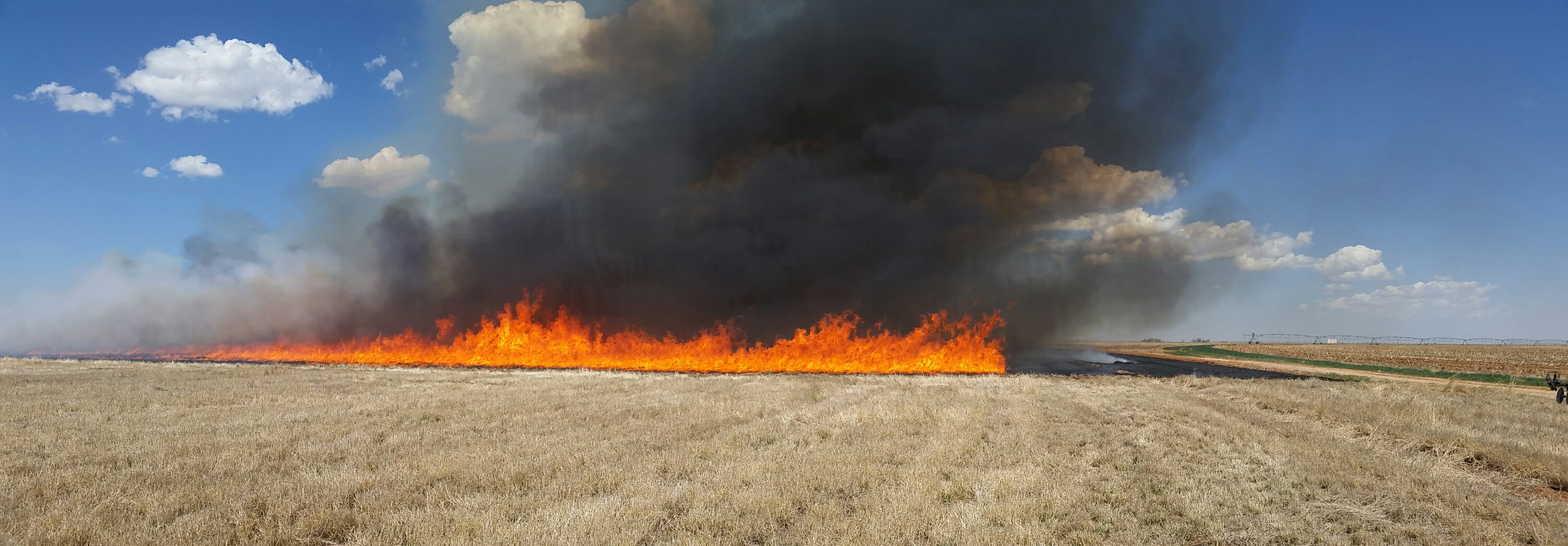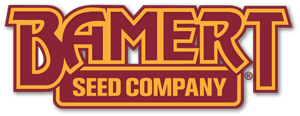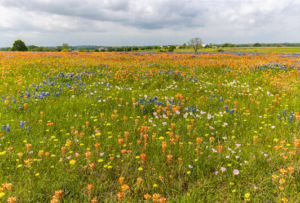
Prescribed burning is used on many native habit types to achieve specific resource management goals and objectives.
The technique that we use for burning is classified as a “ring fire.” A ring fire consists of a backfire, a flank fire, and a head fire. It’s essentially encircling the entire field in fire.
Why do we do prescribed burning?
- To help kickstart the grass as it begins to break dormancy.
- It is another tool to aid with the control of small weed seedlings.
- The burn also creates a more consistent growth stage, which is a huge benefit for seed production fields.
- Reduces the amount of overall material that could interfere with the next year’s harvest.
When do we do prescribed fires?
- Early to mid-March.
- As the spring brings warmer temperatures and the grass begins to break dormancy.
What benefits does prescribed burning offer to the environment?
- A prescribed fire adds nutrients back into the soil.
- By removing all the old thatch, we can warm the soil faster.
If you are a private landowner with forests or fields where you are not using prescribed burning, you may be missing out.
Prescribed burning is probably our best tool to set back plant succession, to freshen up brows, and to remove litter.
Implementing a prescribed burn strategy is not a short-term practice. You can’t just go out and burn like you go out and plant the food plot every year. You must think ahead; you’ve got to plan; and you’ve got to be persistent. Make a plan to come back — because most of the time it takes two to three burns to get a habitat back into shape in the absence of prescribed burning.
It took several years to get that original native vegetation type, so it’s going to take a couple of years — and a couple of fires — to get those habitats back into their original shape.



